home vintage cameras index
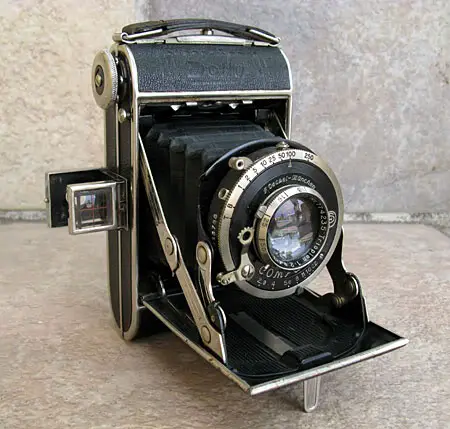
The Dolly pictured to the right is the coupled rangefinder model. It has the diamond embossing on the covering, indicating that it was a contemporary of my first Dolly. This camera has the same big Compur shutter as the non-rangefinder model, but it is equipped with an unusual unit-focus f2.8/7.5cm Carl Zeiss Jena Tessar lens. The rangefinder housing on mine has taken some hard knocks; it is missing the little dial on top for changing the viewing format from 6x6 to 6x4.5, and I have yet to get the rangefinder mechanism properly working.
Later rangefinder models had an extinction exposure meter built into the rangefinder housing. Additional options available included interchangeable lenses, and a removable back to permit the use of plates and film packs.
An on line manual for the Dolly Super-Sport can be found on Flickr.
Vinzenz Schwab has generously provided some excellent instructions for adjusting the rangefinder in a slightly later model than the one I have.
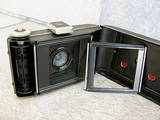
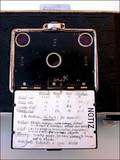
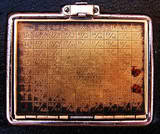
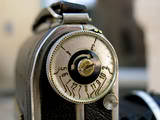
The camera pictured to the left is a slightly newer model. This one lacks the embossed diamond pattern on the covering, and it is in near-unused condition. The camera does have one odd quirk; it appears that the inner and outer shells -- which are symmetrical -- were accidentally switched around during assembly, with the result that the viewfinder is on the same side of the camera as the shutter release. The result is that the forefinger used to trip the shutter may partially obscure the user's view while making an exposure. This actually turns out to be a rather minor inconvenience as I nearly always use a cable release on these old cameras to help avoid camera movement.
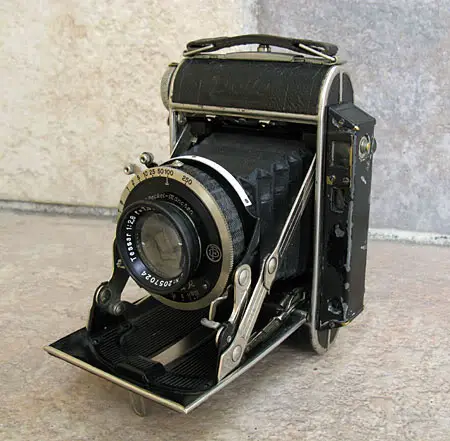
A nice feature of the Dolly Super-Sport was that it could produce negatives in either 6x6cm or 6x4.5cm formats. That was accomplished by the provision of two masks which could be clipped into the inner frame opening. The 6x6 format produced 12 exposures, while the 6x4.5 format yielded 16 frames from a roll of 120 rollfilm. Since early rollfilms were not marked for 6x4.5 use, the back of the Dolly had a single central ruby window for the conventional 6x6 format, and two additional windows for 6x4.5 which made use of the 6x9 frame space markings on the film backing. In using the 6x4.5 mode, one first advanced film to show the numeral, "1", in the first window. Following the exposure, the films was advanced so that the "1" showed in the second window for the next exposure. The process is simpler to accomplish than to describe, but one does have to advance the film cautiously as it travels a very short distance laterally.
The flip-open cover shielded the the film between film advances. The inner surface had a white plastic "Notiz" space in which users could put reminders about proper exposure, while the outer surface of the cover bore a handy depth of field chart.
Early Dolly models feature a "Counting Dial" embedded in the advance knob which permitted film advance without using the ruby windows. That was apparently useful when early rollfilm backing did not always have frame spacing marks, but the feature was omitted in later models as rollfilm formats became more standardized.
Some photos from my Dolly cameras:

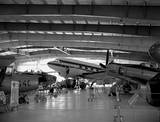
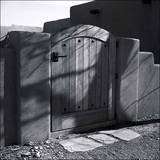
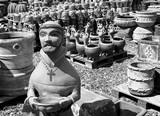

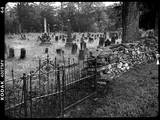
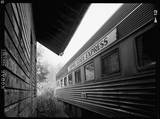
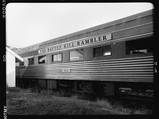

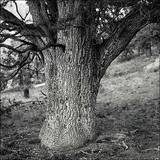
of 35mm film in place of the normal 120 rollfilm:
Route 66

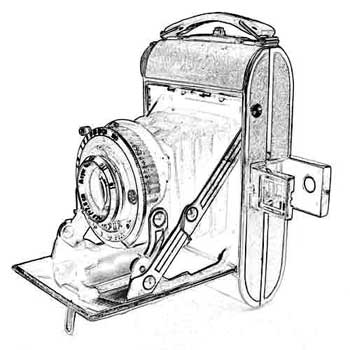 If your Dolly needs a make-over, your best bet is to send it off to Sandeha Lynch in Wales. An example of Sandeha's work will be found in a blog post by Leon Neal, who recounts the rescue of his grandfather's rangefinder model Dolly. The transformation is truly amazing.
If your Dolly needs a make-over, your best bet is to send it off to Sandeha Lynch in Wales. An example of Sandeha's work will be found in a blog post by Leon Neal, who recounts the rescue of his grandfather's rangefinder model Dolly. The transformation is truly amazing.
If you have questions about your Dolly or if you would like to share some pictures made with it, there is a Certo Cameras Group at Flickr hosted by Dustin McAmera.
home vintage cameras index
 © mike connealy
© mike connealy